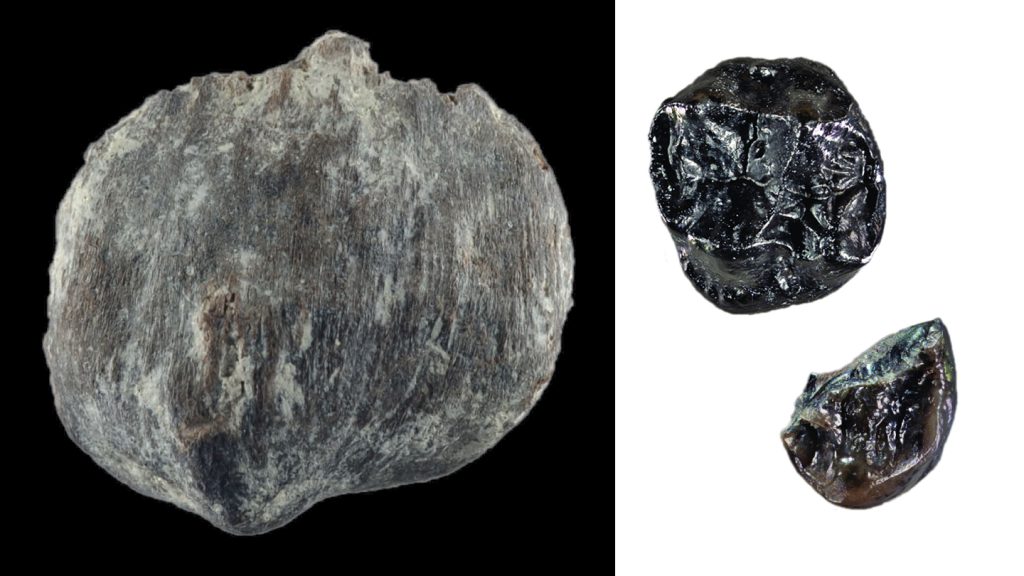Recent discoveries at the Hammerschmiede site in Germany have shed light on the coexistence of two lineages of ancient apes in Europe. Fossils of Danuvius guggenmosi were previously found at this site, revealing this species as possibly the oldest known upright walker. Now, new fossils of another great ape species, Buronius manfredschmidi, have been unearthed, showcasing the diversity of ape species that once lived in this region. Buronius is believed to have been the smallest great ape at around 10 kilograms, with adaptations that suggest it had a diet of soft foods and was skilled at climbing trees to access leaves and fruits.
The discovery of Buronius alongside Danuvius at the same site provides new insights into the ecological dynamics of Miocene Europe. While Danuvius was larger and had teeth capable of consuming a wider range of tough foods, Buronius had distinct features suited for its specialized diet and arboreal lifestyle. These findings suggest that different ape species coexisted and evolved in response to varied ecological niches, showcasing the diversity of ape lineages during the Miocene period.
The scarcity of fossils for Buronius raises questions about its evolutionary status and relationship to other known ape species. Some features of its teeth resemble those of pliopithecoids, a group of Eurasian apes that are no longer extant. Further studies of tooth structure and additional fossil discoveries are needed to clarify Buronius’ place in the evolutionary tree and determine if it is a distinct species or related to other known apes from the region.
Researchers believe that Europe played a pivotal role in the evolution of Miocene primates and the great ape family. The presence of multiple ape species at the Hammerschmiede site underscores the complexity of primate evolution during this time period. However, there is debate among experts about the interpretation of the fossils found at the site, with some suggesting that the Buronius fossils may actually belong to young Danuvius individuals. More research and discoveries will be necessary to fully understand the diversity and relationships among ancient European ape species.
Despite the uncertainties surrounding the identification of Buronius, the fossils found at Hammerschmiede highlight the gaps in our knowledge of great ape and primate evolution during the Miocene in Europe. These discoveries offer a glimpse into an ancient ecosystem where multiple ape species thrived, each adapting to unique dietary and environmental conditions. Further exploration of this site and additional fossil finds will provide valuable insights into the evolutionary history of apes in Europe and their contributions to the diversity of primates worldwide.


